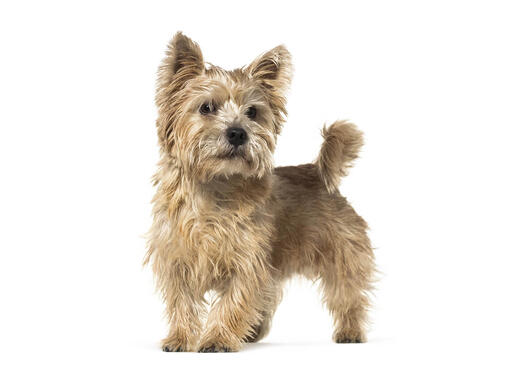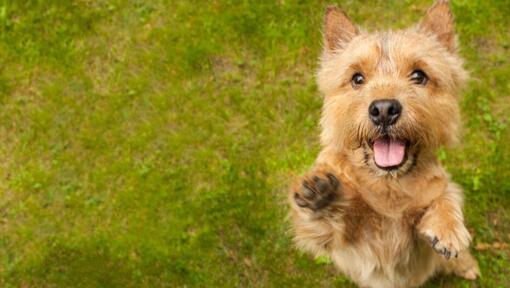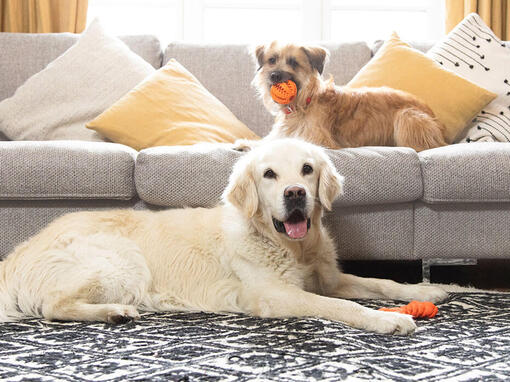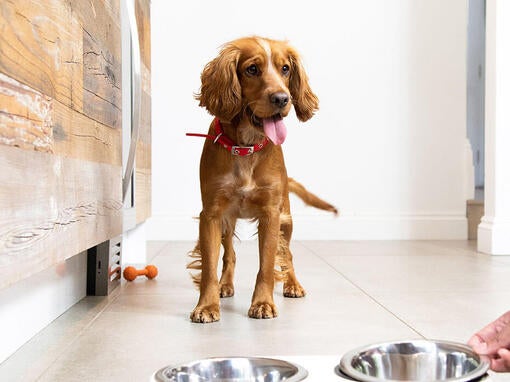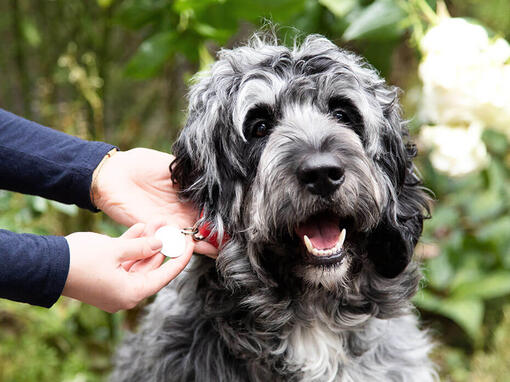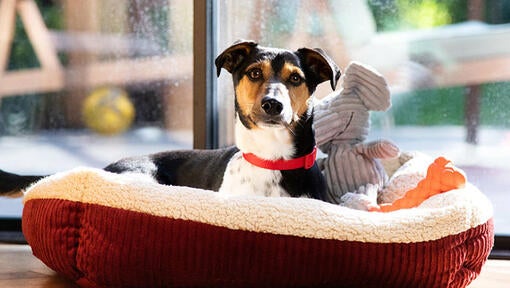History and Origins
Country of Origin: England
The Norwich Terrier’s origins can be found closely linked to Cambridge University where, in the late 1800s, it became fashionable for some of the undergraduates to own a particular type of terrier that was being bred in a livery stable in Trumpington Street which ran along the back of several of the colleges. These small working terriers were put to work as college ratters, and as the students lived and socialised together, their dogs had to be equally social, and indeed they would often work in a pack. It was one of these dogs, a sandy coloured one called Rags, that is credited with being the founding father of both the Norwich and Norfolk Terriers that we know today.
Until 1964, the drop eared dogs were still classified as Norwich Terriers but after this date, the two were kept separate with the prick-eared dogs retaining the original name.

